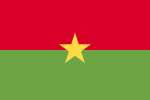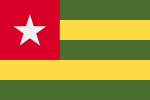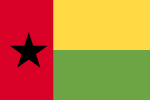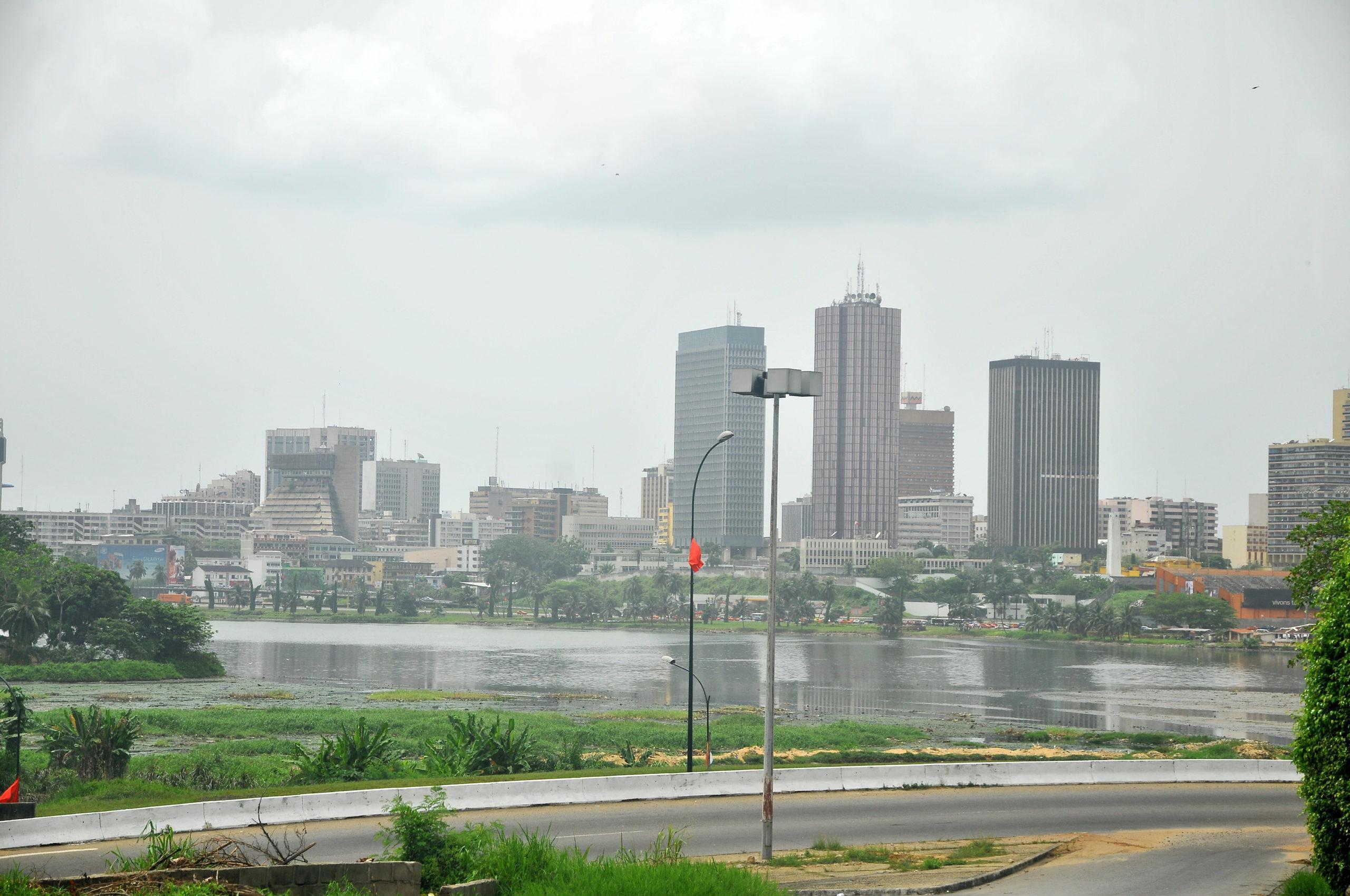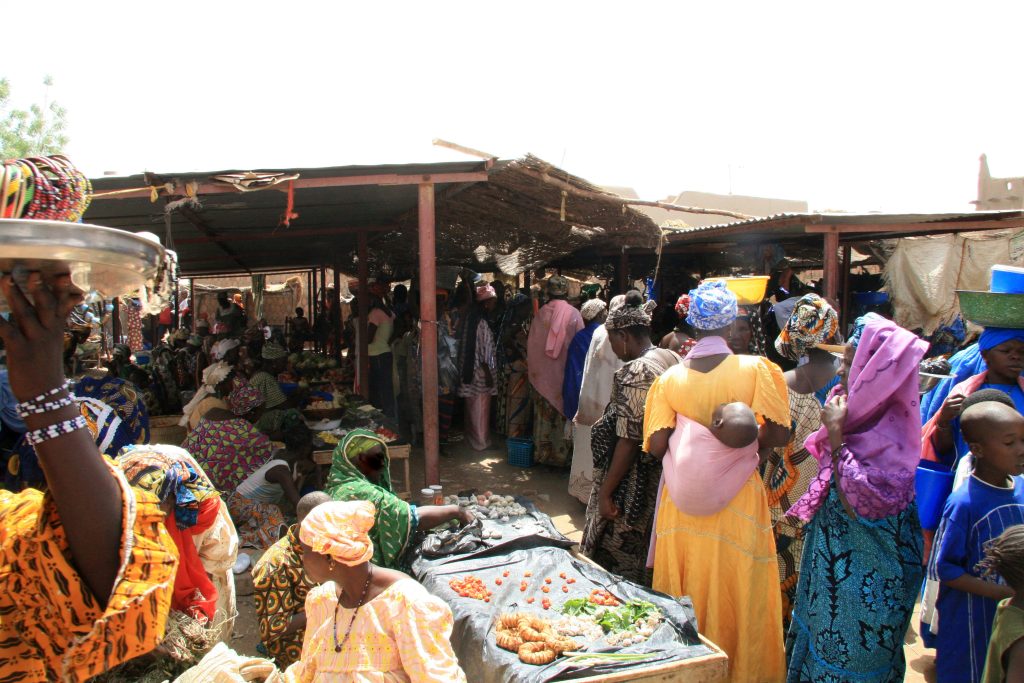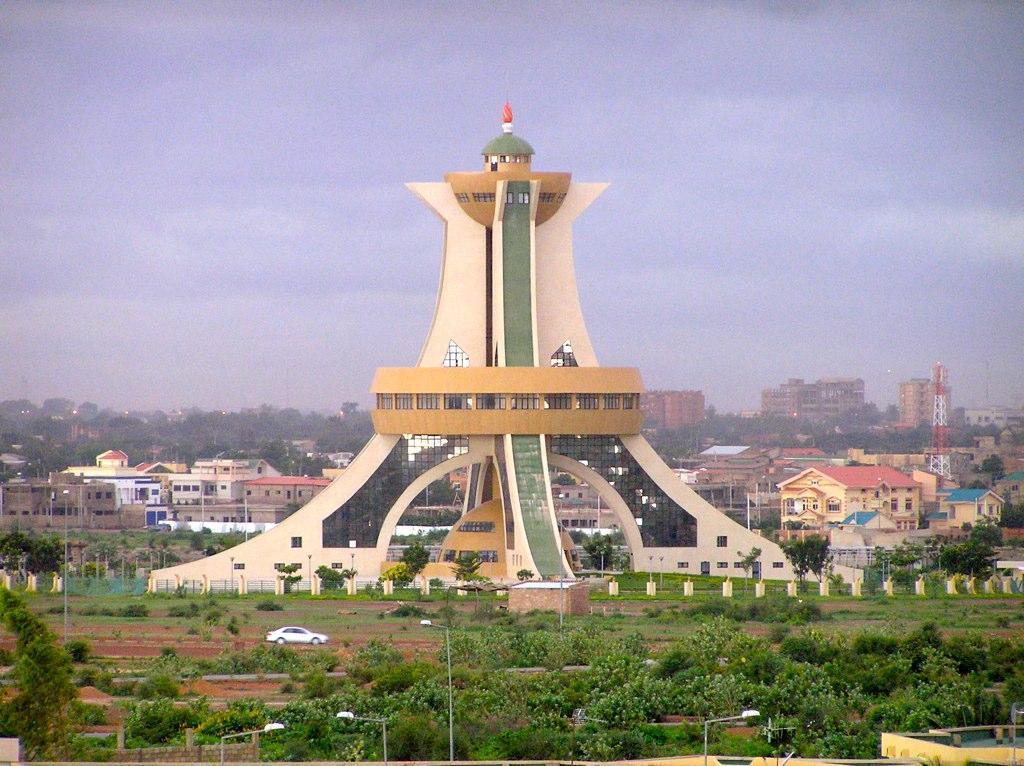In a context marked by the COVID-19 pandemic, Côte d’Ivoire’s real GDP growth rate came out at 2.0% in 2020 against 6.2% in 2019 while the global economy was in recession. This slowdown in activity comes after eight years of strong growth in which the Ivorian economy recorded an average growth of 8.0%. This performance is due to the impact of the 2011-2015 National Development Plan (NDP) and the implementation of the 2016-2020 NDP as well as structural reforms aimed at transforming the economy.
Business is expected to benefit from the recovery of the global economy and the lifting of restrictions imposed in the fight against COVID-19 to grow by 6.5% in 2021 before reaching nearly 7.0% in 2022.
Secondary and tertiary sectors: drivers of Ivorian economic growth
With a contribution of nearly 45.0% to the formation of the Gross Domestic Product (GDP), the tertiary sector is the engine of growth of the Ivorian economy. Due to the COVID-19 pandemic, the contribution of the tertiary sector to GDP growth declined in 2020 to +0.9 percentage points after +2.4 percentage points a year earlier. The contribution of this sector to growth should increase to 3.1 points in 2021 and should reach 3.2 points in 2022 in view of a gradual recovery of activity supported by the implementation of the economic support plan drawn up by the government.
As a result of the implementation of structural reforms aimed at transforming the Ivorian economy, the contribution of the secondary sector to the formation of GDP has increased over the past five years. The value added of the secondary sector rose from CFAF 5,427.5 billion in 2016 to CFAF 7,099.1 billion in 2020, an increase of 30.8%.
Thus, the contribution of this sector to the formation of the GDP is 20.2% in 2020against 19.1% five years earlier. It would be 20.5% and 20.6% respectively in 2021 and 2022, higher than that of the primary sector.
Côte d’Ivoire’s economic outlook for the 2021-2025 period
The 2021-2025 National Development Plan, which is currently being prepared, aims to remove the remaining obstacles to the structural economic transformation initiated by the implementation of the previous development plan and to make Côte d'Ivoire an upper-middle-income country.
Thus, in addition to drawing on international and regional development priorities, including the Sustainable Development Goals and the African Union’s Vision 2063, the 2021-2025 NDP also draws on the 2040 long-term development vision and the 2030 strategy of Côte d’Ivoire derived from prospective studies in Ivorian countries. The authorities; objective is to classify Côte d’Ivoire as an upper-middle income country. As a result, per capita income should reach USD 2 240 in 2025, double the level in 2020 and reach USD 3 400 by 2030.
For a more complete view of the Côte d’Ivoire economy and investment prospects, download Côte d’Ivoire’s information note available here.
Source : Côte d’Ivoire’s Information Note – August 2021.



